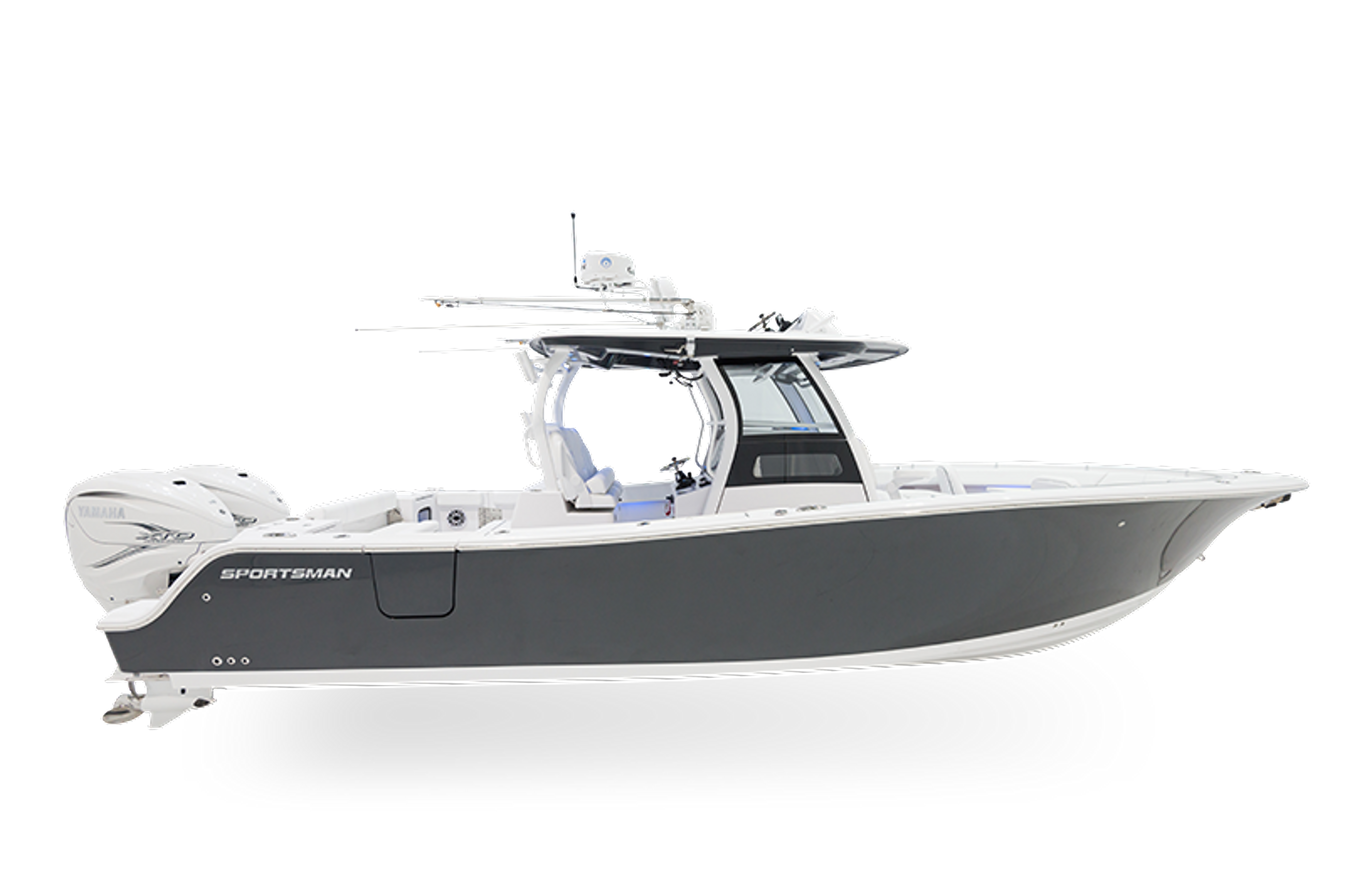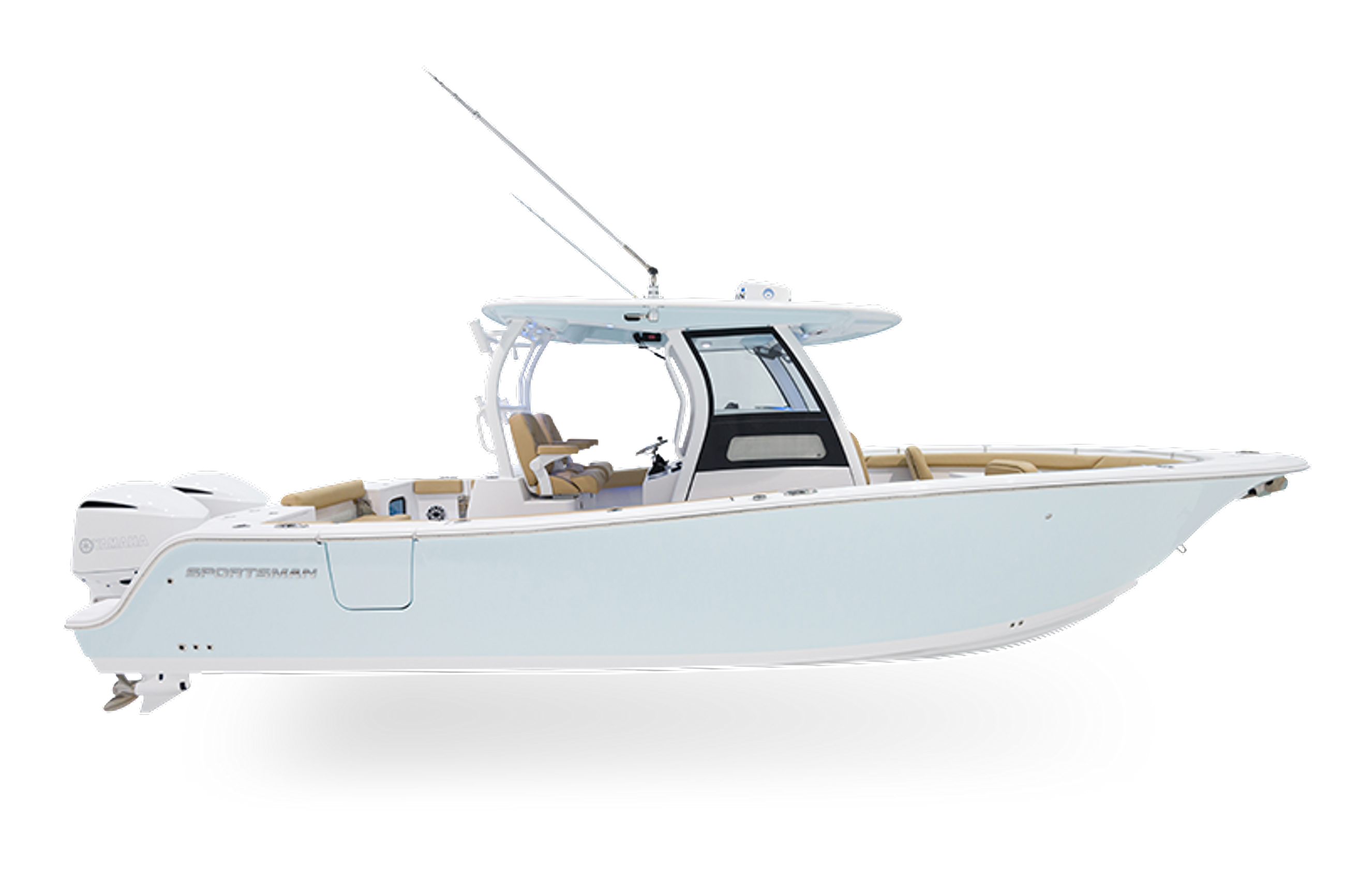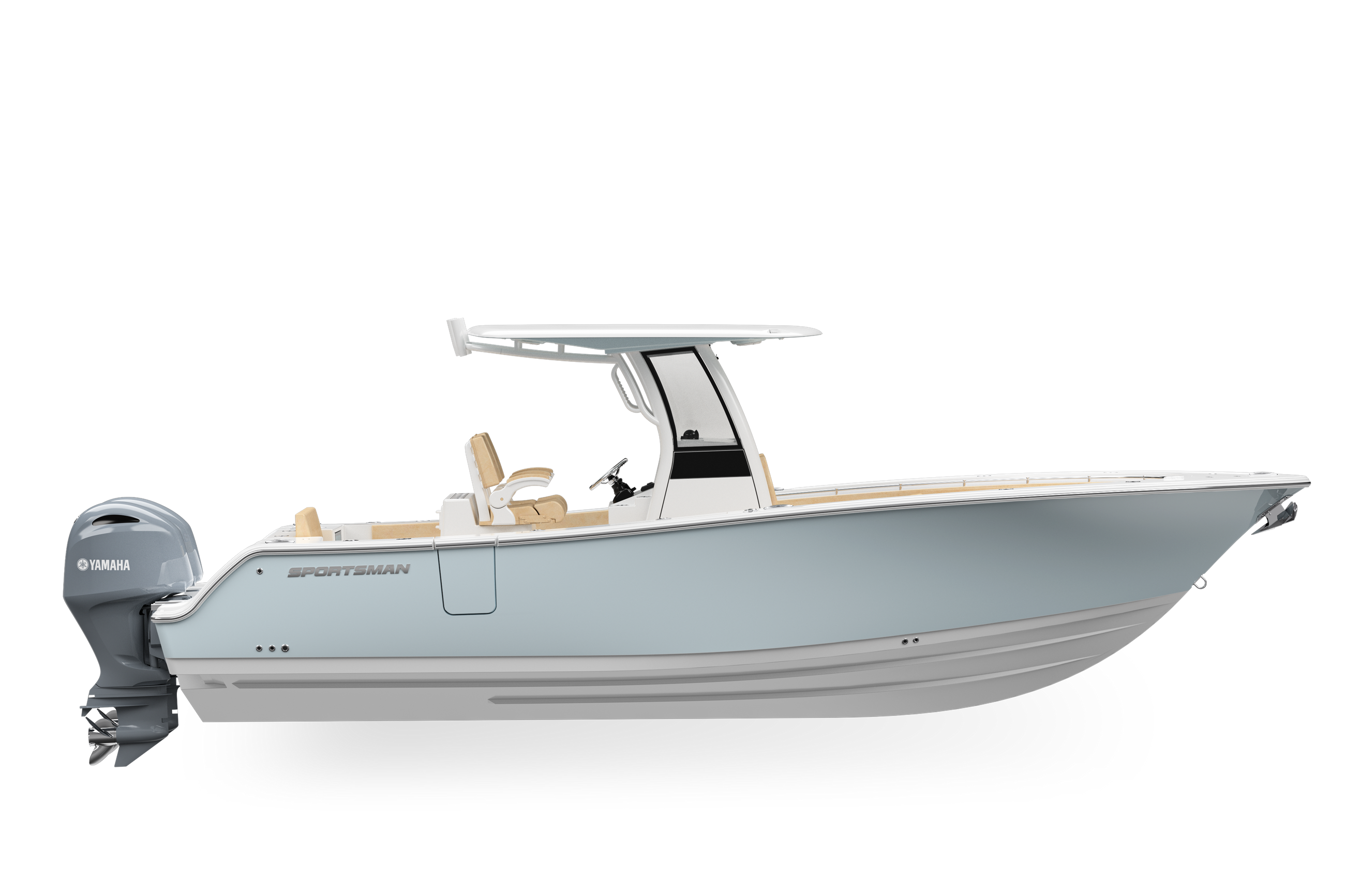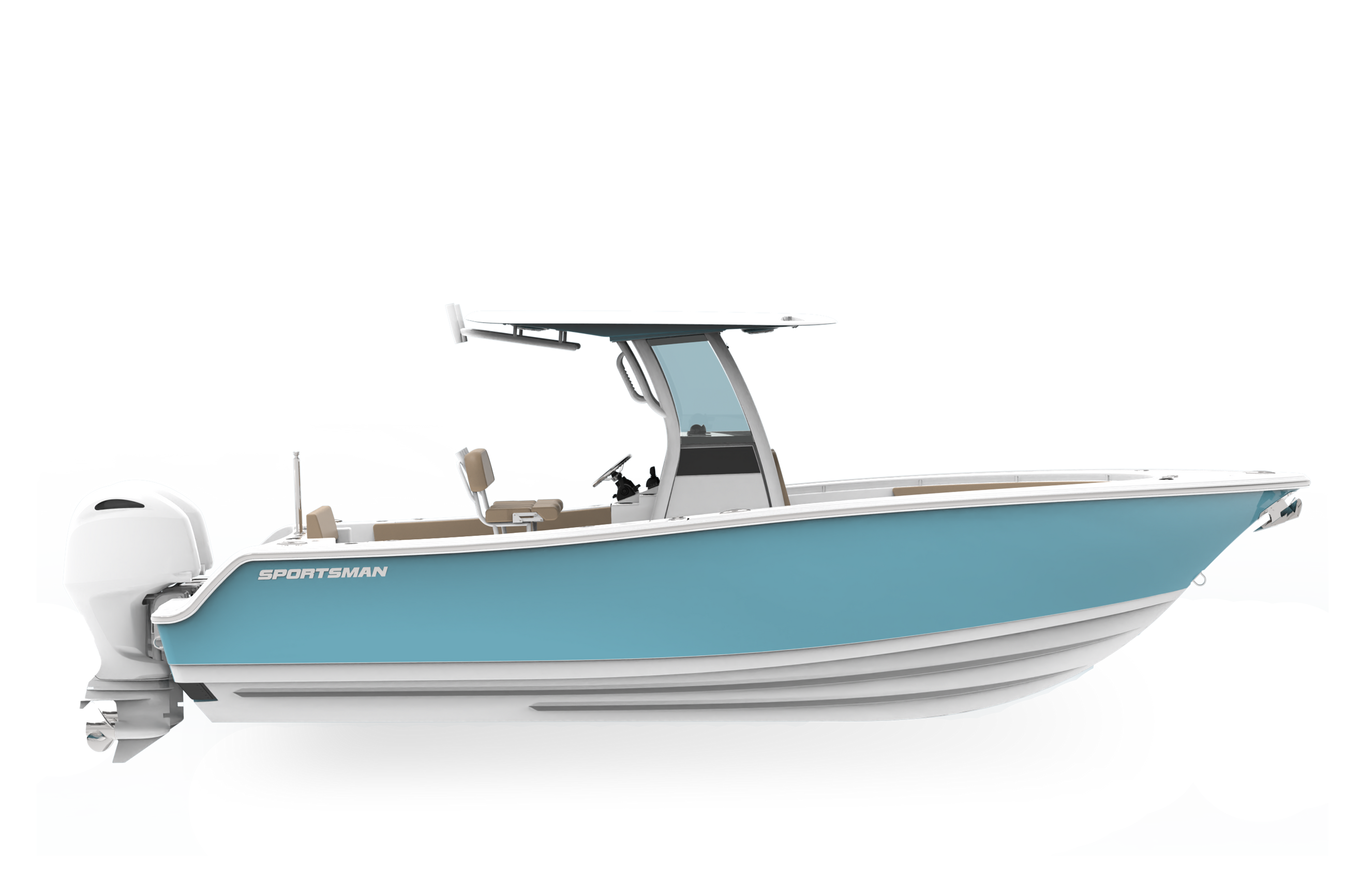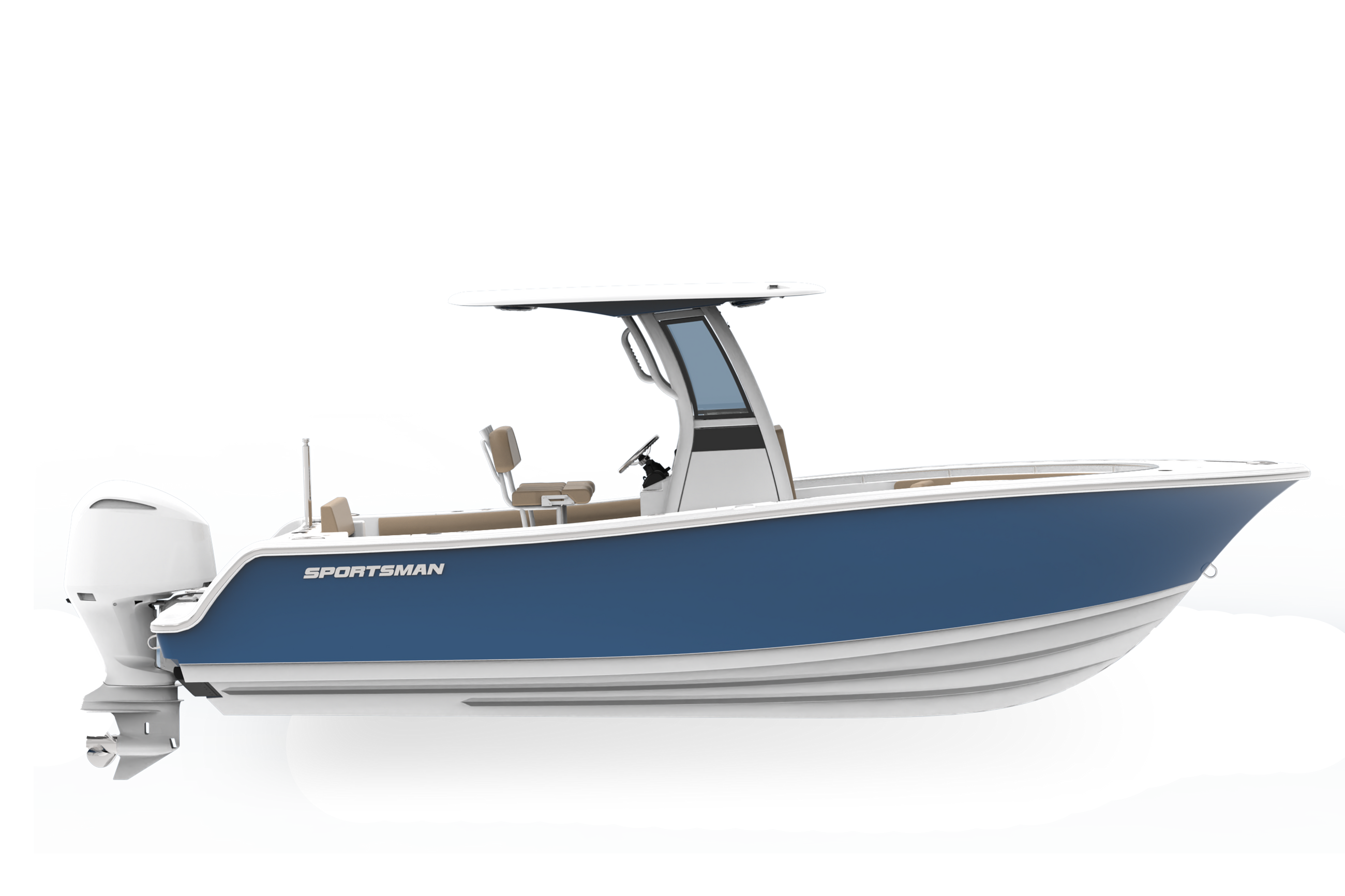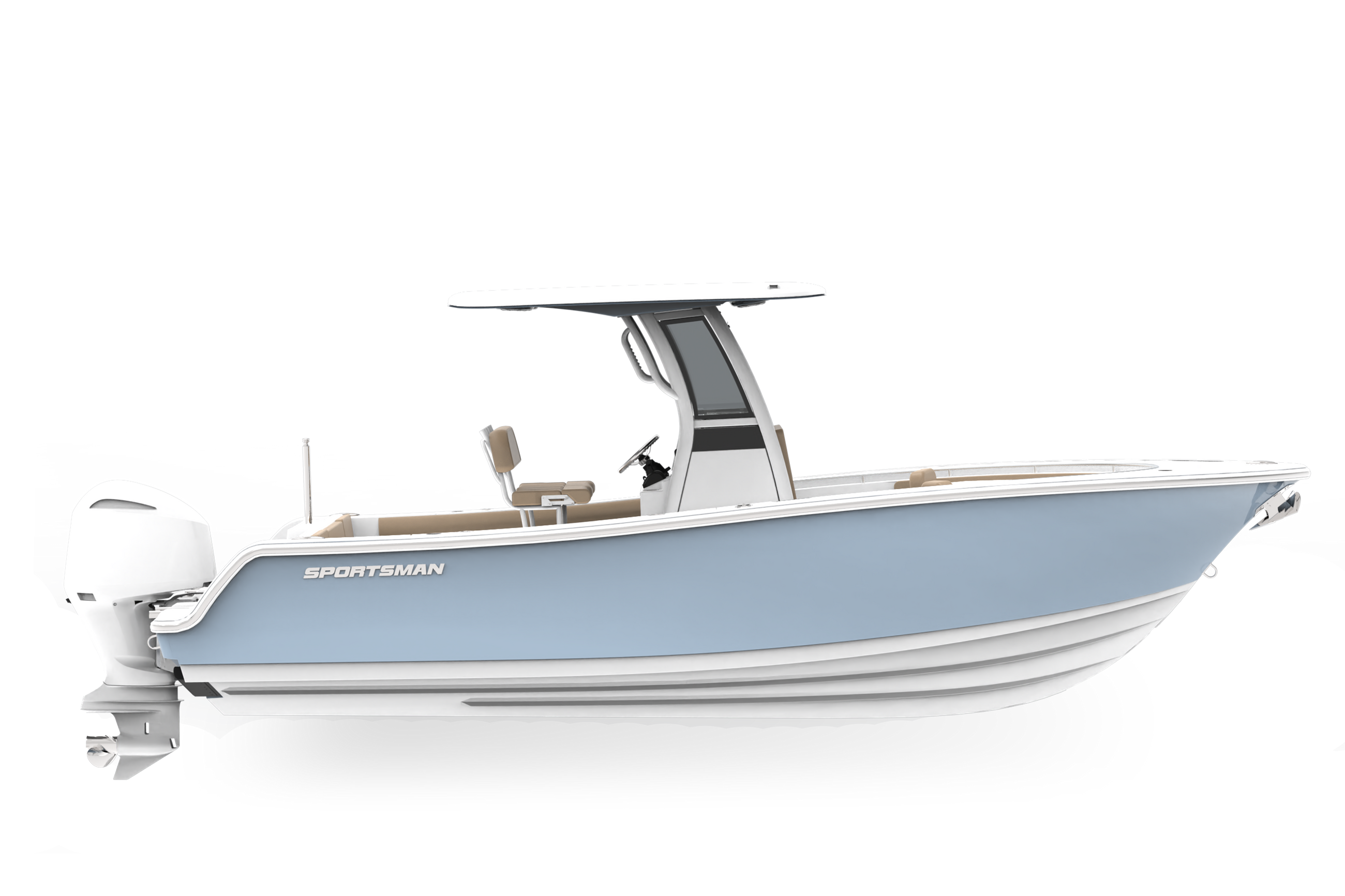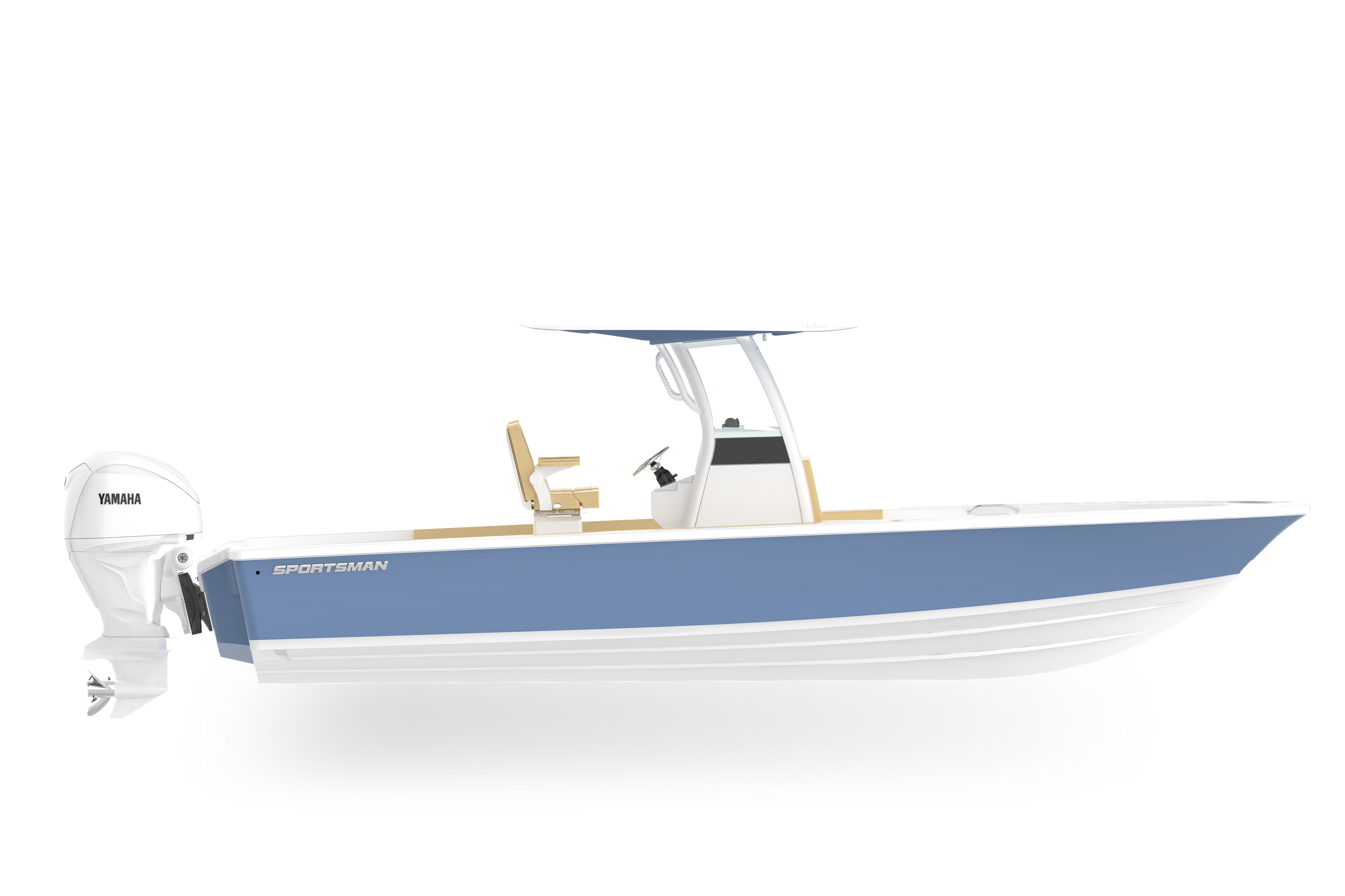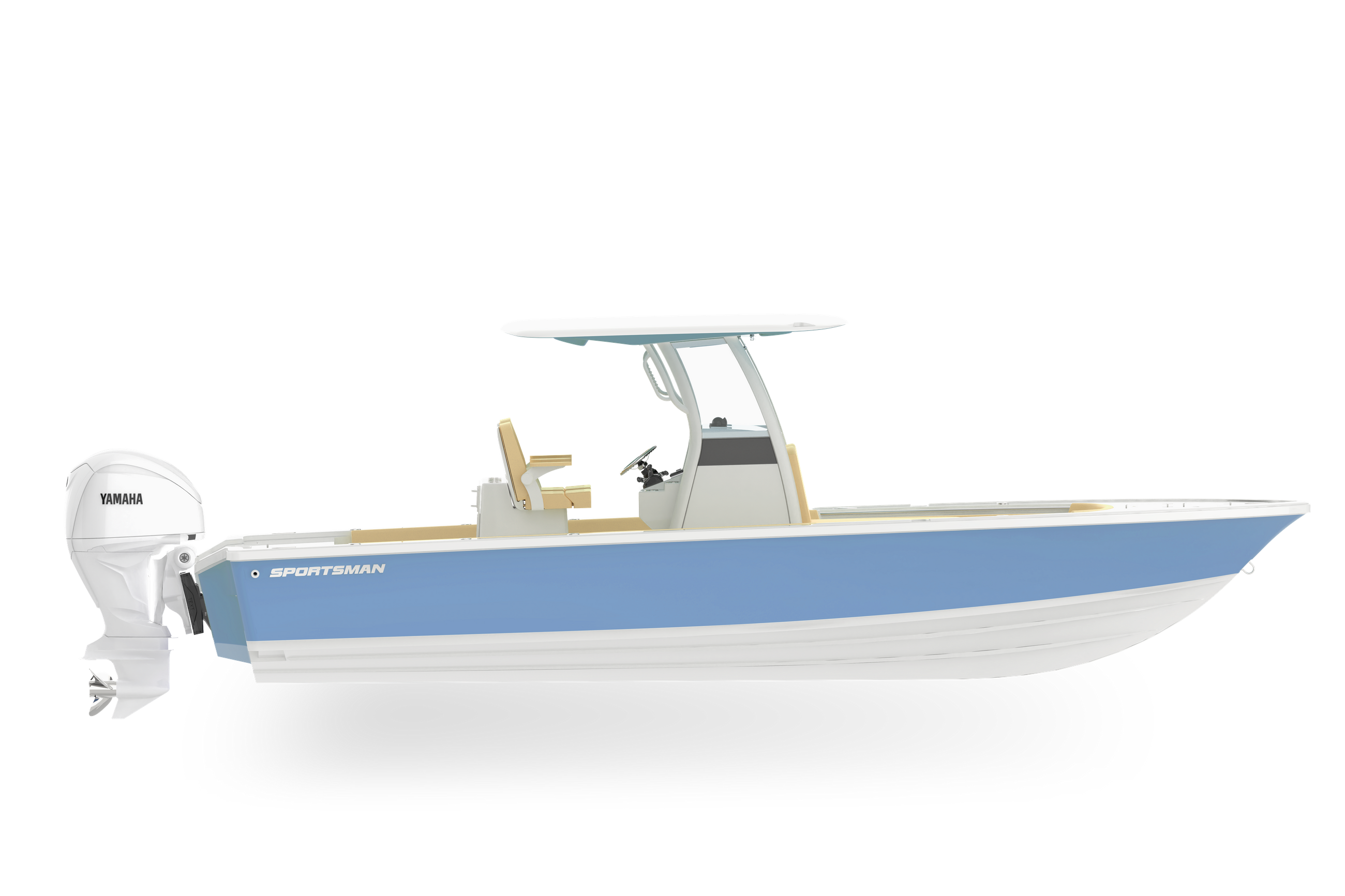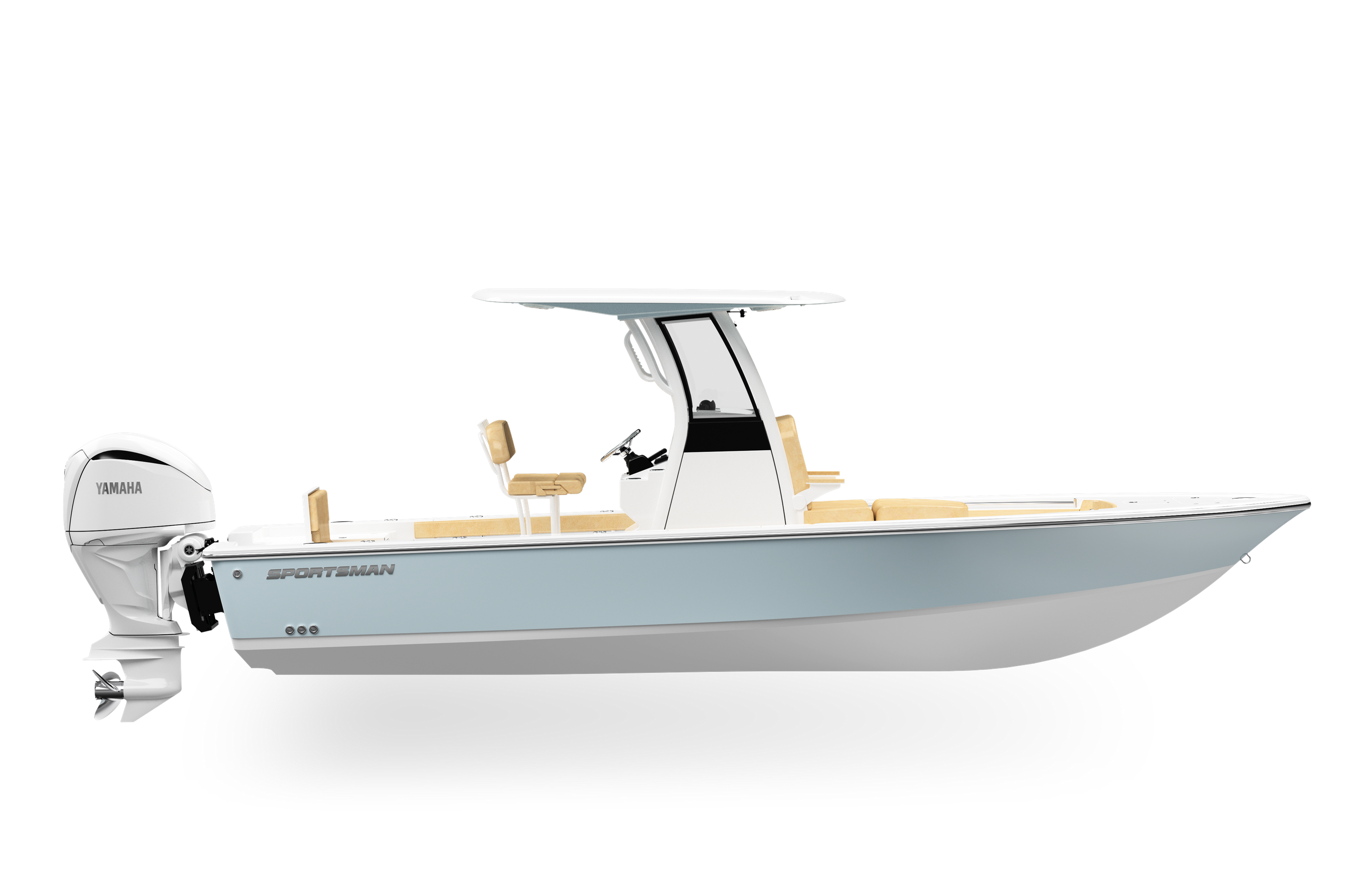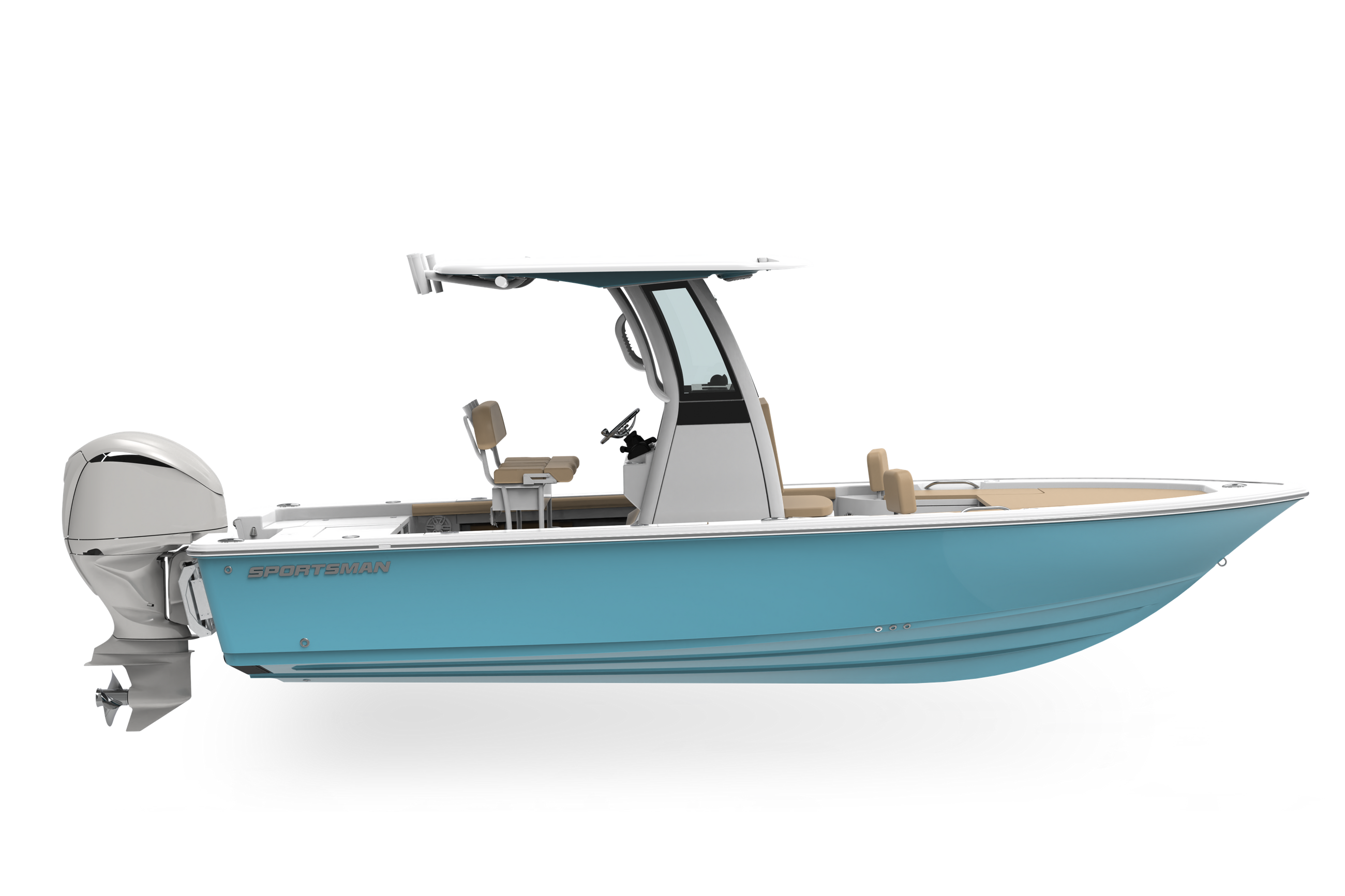Behind the Glass - S1E02 – Stringer Construction
Welcome to Sportsman Boats, "Behind The Glass," a new series based around the construction process inside the Sportsman Plant. In this episode we are taking a look at the Stringer Construction Process. We will dive into each step along the way, explaining the materials we use and why we use them.
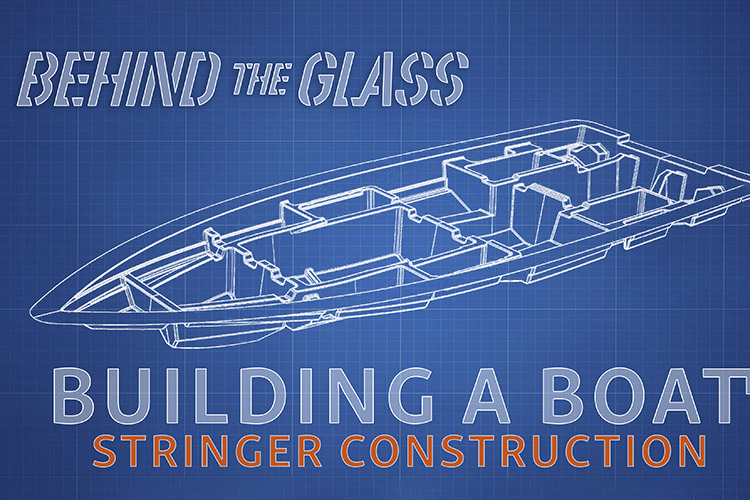
Behind the Glass - Episode 2 – Stringer Construction
The stringer is the spine of the boat. It sits between the deck and the hull, giving support to both while housing all important components built into modern boats. Each Sportsman model has a designated stringer engineered to be a perfect match and provides the needed support. All of our stringers are fully structural fiberglass parts that don’t require foam for rigidity.
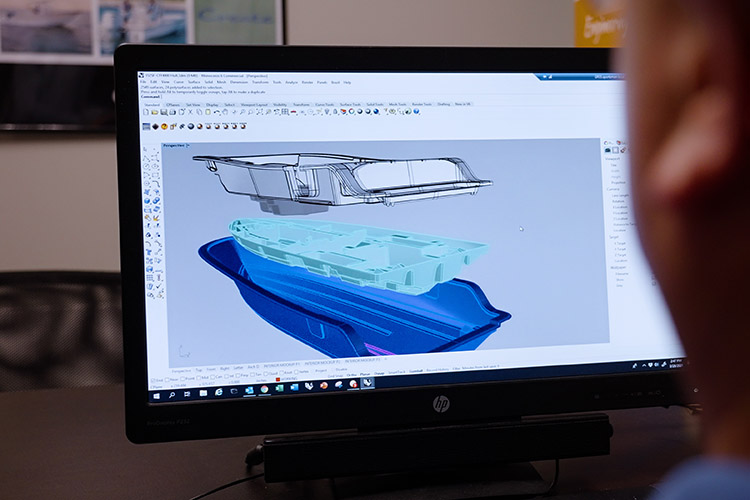
To start building the stringer, we use a mold, the same as we do with the hull. It all begins with the gelcoat layer. This added benefit in our boats provides a finished interior when opening hatches or looking in the bilge.
Once the gelcoat has cured, the team will start building up the layers of fiberglass to a specified thickness. Next, composite materials are applied in strategic areas for added strength.
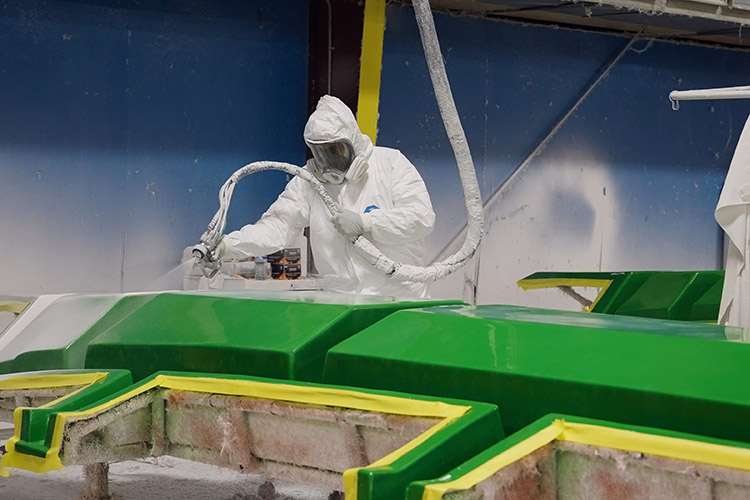
We will finish up this part by hand laying bulk fiberglass and trimming any excess. To finish this layer, the team uses special rollers to penetrate and release any trapped air and ensure an air void-free part.
With the introduction of our larger models, we also developed our new proprietary full-grid stringer system. A full grid stringer system has 360 degrees of contact and support to the hull. The increased surface area brings immense hull strength on larger boats with higher horsepower requirements. This new design also features a class-leading designed-in Seakeeper pod. This places the Seakeeper centerline for even weight distribution and down low in the hull for the strongest stabilization effect. Additionally, we’ve designed the total access compartment for easy maintenance. For the ultimate installation platform, we laminate solid aluminum blocks in the stringer pod on all Seakeeper ready boats.
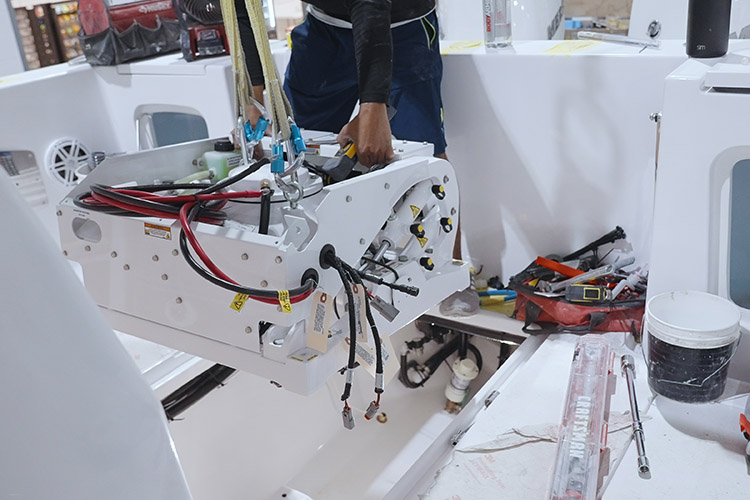
Once lamination has been completed, the stringer part is pulled out of the mold, and precision trimmed to final dimensions in a cut and grind booth. Next, it’s time to marry the stringer and hull permanently. The stringer is lowered into the hull, where a technician will trace the entire stringer to show the outline where we will apply the chemical bonding agent. We use an aerospace-grade adhesive called methyl methacrylate. Using a special application gun, the technician applies a thick bead along the traced area. This process chemically etches and permanently bonds both parts. After curing time is complete, the unitized hull and stringer are pulled out of the mold, revealing the beautiful finish on the hull sides.
With the two parts now permanently attached, the empty cavity between the hull and the stringer is filled with closed-cell foam. An added benefit to our strong design is that foam is not serving any structural support, and it’s just additional flotation. This foam also serves as an incredible insulator for our in-deck fish boxes, which are built into the stringer system.
Later in the process, the stringer will serve as a grid to install essential components like the fuel tank, pumps, in-floor boxes, and much more.
Thank you for taking a look at our hull construction process. This process is part of our SportTech® Advanced Fabrication Process. This proprietary combination of processes and materials yields the best result each step of the way and has been thoroughly tested for durability, longevity, and finish. All Sportsman Boats features a 100% composite construction with zero wood.
Join us in our next episode for another installment of Behind The Glass, where you’ll get an inside look at the how we build our decks.

